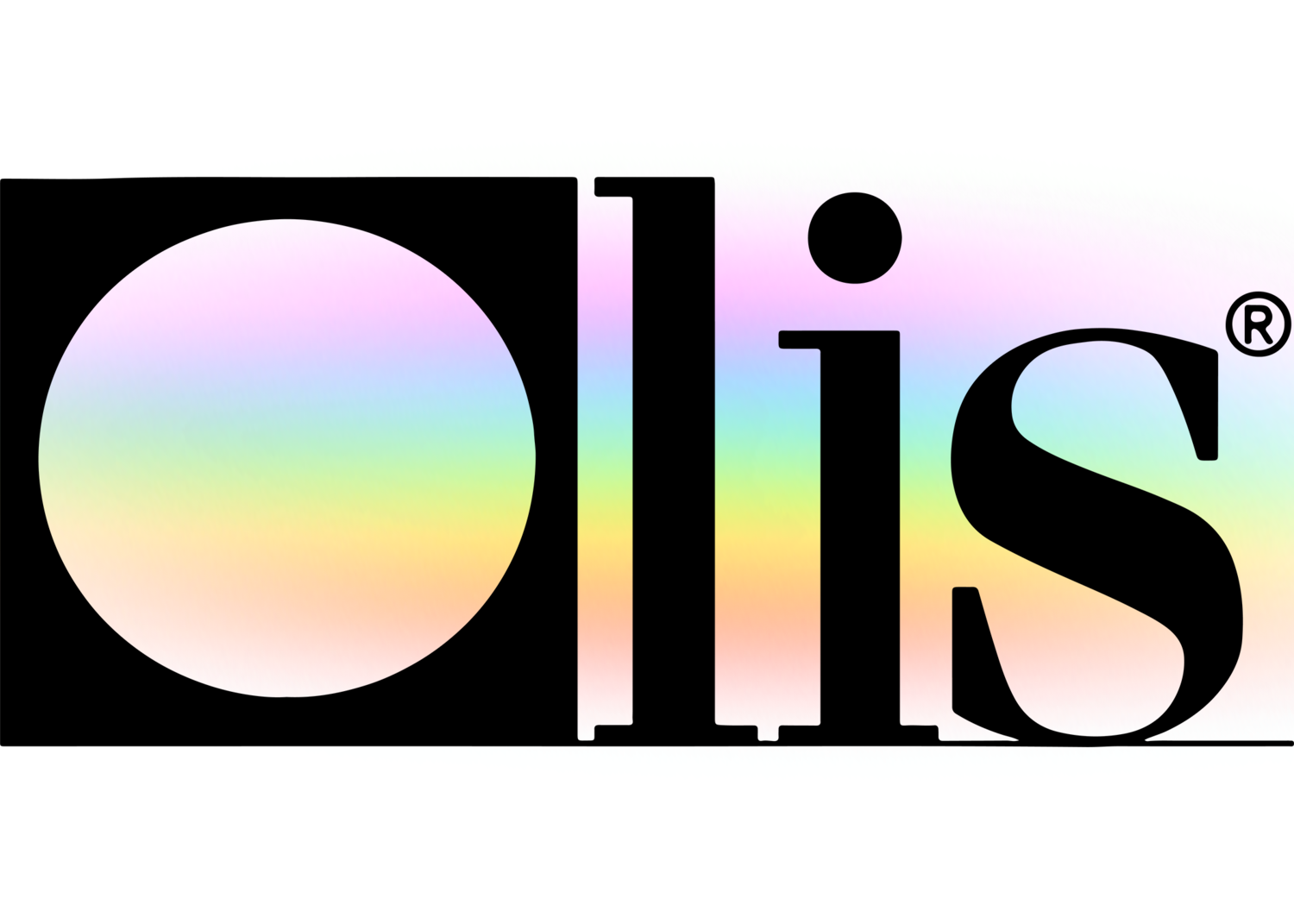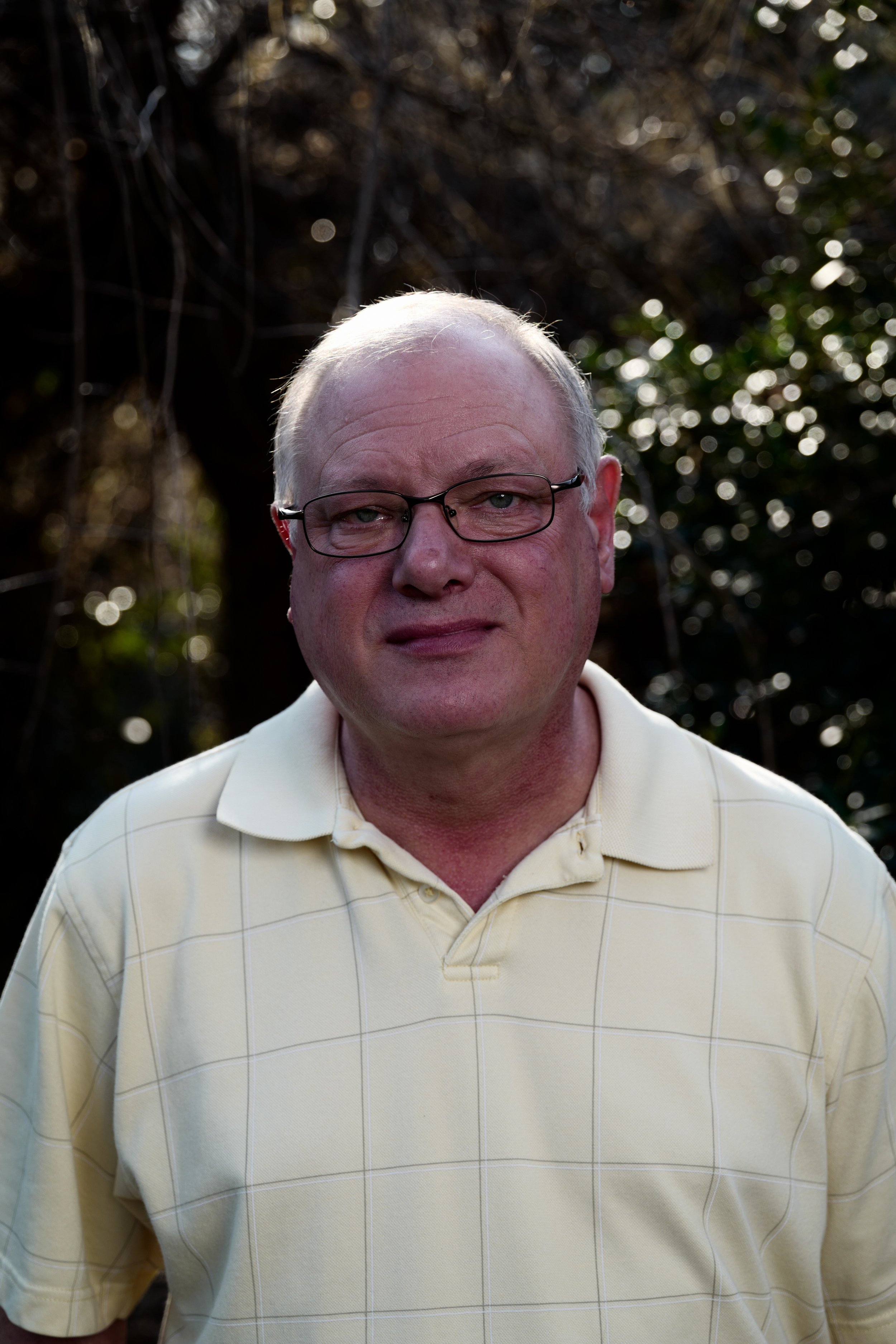The Only Guide for Spectrophotometers
Table of ContentsNot known Facts About Uv/visThe Single Strategy To Use For Uv/visExamine This Report on Circularly Polarized LuminescenceNot known Details About Circular Dichroism Facts About Uv/vis Uncovered

Although spectrophotometry is most typically used to ultraviolet, visible, and infrared radiation, modern spectrophotometers can interrogate large swaths of the electromagnetic spectrum, including x-ray, ultraviolet, noticeable, infrared, and/or microwave wavelengths. Spectrophotometry is a tool that depends upon the quantitative analysis of particles depending upon how much light is soaked up by colored substances.
The Main Principles Of Spectrophotometers
A spectrophotometer is frequently used for the measurement of transmittance or reflectance of services, transparent or opaque solids, such as refined glass, or gases. Many biochemicals are colored, as in, they absorb noticeable light and for that reason can be measured by colorimetric procedures, even colorless biochemicals can often be converted to colored substances ideal for chromogenic color-forming responses to yield substances appropriate for colorimetric analysis.: 65 However, they can also be developed to determine the diffusivity on any of the noted light varieties that typically cover around 2002500 nm using various controls and calibrations.
An example of an experiment in which spectrophotometry is utilized is the determination of the equilibrium constant of a service. A specific chemical reaction within a solution might occur in a forward and reverse direction, where reactants form products and products break down into reactants. At some point, this chemical reaction will reach a point of balance called a stability point.
All About Circularly Polarized Luminescence
The amount of light that goes through the service is a sign of the concentration of particular chemicals that do not allow light to travel through. The absorption of light is due to the interaction of light with the electronic and vibrational modes of particles. Each kind of molecule has a specific set of energy levels associated with the makeup of its chemical bonds and nuclei and hence will soak up light of particular wavelengths, or energies, leading to distinct spectral homes.
The usage of spectrophotometers covers different clinical fields, such as physics, products science, chemistry, biochemistry. circularly polarized luminescence, chemical engineering, and molecular biology. They are extensively used in many markets including semiconductors, laser and optical manufacturing, printing and forensic evaluation, as well as in laboratories for the study of chemical substances. Spectrophotometry is typically utilized in measurements of enzyme activities, decisions of protein concentrations, decisions of enzymatic kinetic constants, and measurements of ligand binding reactions.: 65 Eventually, a spectrophotometer has the ability to figure out, depending upon the control or calibration, what substances exist in a target and precisely how much through estimations of observed wavelengths.
This would come as a solution to the previously produced spectrophotometers which were not able to absorb the ultraviolet correctly.
The smart Trick of Uv/vis/nir That Nobody is Discussing
It would be discovered that this did not give satisfying results, therefore in Model B, there was a shift from a glass to a quartz prism which permitted better absorbance results - spectrophotometers (https://www.quora.com/profile/Julie-Ann-DeSa-Lorenz). From there, Design C was born with a change to the wavelength resolution which wound up having three systems of it produced
It was produced from 1941 to 1976 where the cost for it in 1941 was US$723 (far-UV devices were a choice at additional expense). In the words of Nobel chemistry laureate Bruce Merrifield, it was "most likely the most crucial instrument ever established towards the advancement of bioscience." Once it became discontinued in 1976, Hewlett-Packard developed the first commercially available diode-array spectrophotometer in 1979 understood as the HP 8450A. It irradiates the sample with polychromatic light which the sample takes in depending upon its residential or commercial properties. It is transferred back by grating the photodiode range which detects the wavelength region of the spectrum. Ever since, the production and execution of spectrophotometry devices has increased exceptionally and has ended up being one of the most ingenious instruments of our time.

The 9-Minute Rule for Uv/vis/nir
The grating can either be movable or repaired.
In such systems, the grating is fixed and the intensity of each wavelength of light is determined by a various detector in the selection. When making transmission measurements, the spectrophotometer quantitatively compares the fraction of light that passes through a referral option and a test service, then digitally compares the strengths of the 2 signals and calculates the portion of transmission of the sample compared to the recommendation standard.
